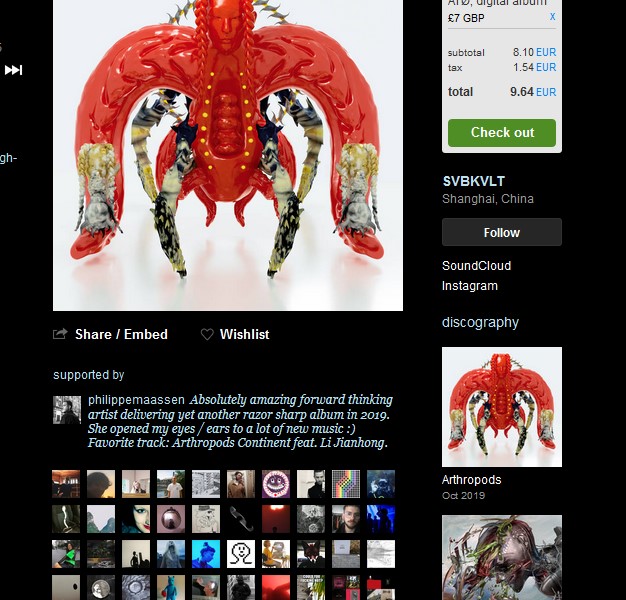Bandcamp can work best when you’re both an artist and a fan on the platform. And if you care about actually connected with people, that’s a big deal.
I’ve again teamed up with Riemann Kollektion to develop free tutorial material. It’s pretty fitting I think that this falls on Valentine’s Day. I remember a favorite grade school ritual was getting a shoebox and then spreading as many cute affectionate notecards to everyone in the class. (Definitely, you wanted some candy taped to it for bonus points.)
That’s totally the idea here – rather than being beholden to uncaring algorithms, corporate overlords, and banal charts, we can find some audience for our music by sharing the love.
Of course, to do that, you have to first navigate Bandcamp’s interface – both as a fan and as an artist. Here’s the guide to doing that:
Bandcamp can save us all over again [Guide] riemannkollektion.com
A complete set of power instructions for de-tangling its interface and finding love as a producer.
Riemann and Florian Meindl are really using Bandcamp effectively – even including a subscription to sounds.
https://riemannkollektion.bandcamp.com/
https://florianmeindl.bandcamp.com/
So there’s a business model here that is built around what artists and labels need – where you retain control, can offer flexible purchase options, and can make enough money and retain data to run as a business. But it’s not just that, I think, but the chance to participate in a larger community and ecosystem that is making Bandcamp so effective, even for weirder genres and artists that would otherwise get lost.
To sum up that larger ecosystem ethos, I see a few major points:
- High-quality media files in an environment the artist/ label can actually control
- An ownership-oriented (rather than rental-oriented) site and accompanying community (the people who like buying downloads and tapes and vinyl and merch)
- Network-effect spread of music via a rich, supportive community, which in turn supports –
- Music discovery via human editorial and individual users

You know, other sites could learn from these things. But they’re built to maximize growth and revenue sharing at the top, not to best support human-to-human interactions around music. And that’s why the music landscape is so miserable right now for so many people, in a nutshell.
So all the little details of the Feed, “supported by” testimonials, mailing lists, and players that can be easily shared on other platforms — all of this adds up.
I talk about how to make the best use of that in this guide, and I hope we’ll dig deeper into getting a lot out of Bandcamp in the future.
You can find my music and – just as importantly, my beloved collection – on Bandcamp. (Artist page / fan page) I hope to follow some of you, too.
But do let me know what you think of the guide, as Florian and I hope to revise this and follow up with possibly more installments.
Bandcamp can save us all over again [Guide]